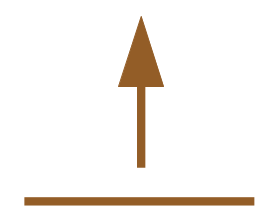



Soient
On appelle
Toutes ces formules sont démontrées uniquement pour des exposants naturels
Produit/quotient de puissances
Nombre élevé à la puissance zéro
Puissance d'un produit/quotient
Récapitulatif des puissances de x
Soient
Si l'on effectue le produit
En considérant la définition fondamentale d'une puissance de x :
On obtient finalement,
La division par un nombre n'étant que la multiplication par l'inverse de ce même nombre, la formule précédente de produit s'appliquent aussi pour les quotients, à la condition supplémentaire que
Alors, de même pour les quotients,
Soient
Avec la formule de multiplication des puissances :
En divisant chaque membre par
Et finalement,
Soit
Cherchons quelle serait la puissance de l'inverse, on sait que :
Mais
Par conséquent, avec la formule de multiplication des puissances, on a :
Alors par identification des formules
Soient
Le produit de nombres étant commutatif, on a :
En considérant la définition fondamentale d'une puissance de x :
On a à présent,
Soit finalement,
Soient
La division par un nombre n'étant que la multiplication par l'inverse de ce même nombre, la formule précédente de produit s'appliquent aussi pour les quotients :
Alors, de même pour les quotients,
Soient
Si l'on effectue le calcul
En considérant la définition fondamentale d'une puissance de x :
Alors on trouve que,
En appliquant ce même raisonnement mais inversant
Alors,
 Retour en haut de page
Retour en haut de page